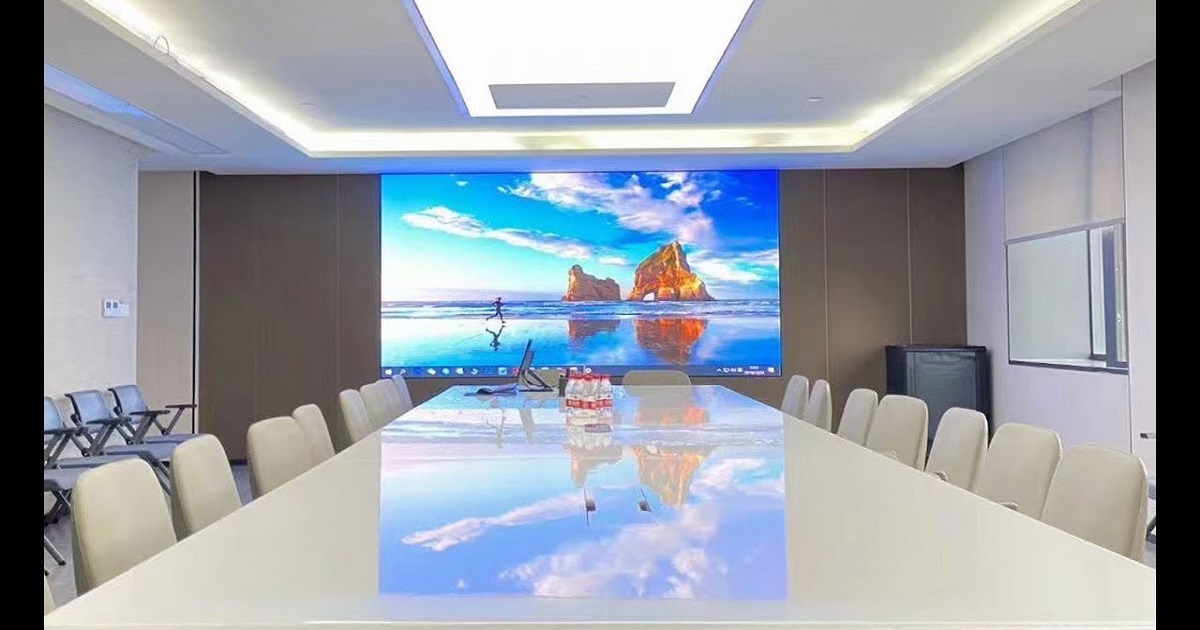SMD screen, in the realm of displays and technology, acronyms and abbreviations are used in a variety of ways. One of the abbreviations you might have seen could be “SMD screen.” Have you ever thought about what an SMD means and what an SMD screen actually is? We’ll dive into the complete form of the SMD screen, its characteristics, applications, advantages, cons and how it operates.
Understanding SMD Screen
SMD means “Surface Mount Device.” In the case of displays and screens, SMD screens refer to screens that make use of Surface Mount Device technology for their design. They are typically employed in a variety of electronic gadgets, including computers, televisions, digital billboards, and many more.
Advantages of SMD Screens
- High-Resolution SMD screens are famous as having high resolution that result in clear and sharp images.
- Energy efficiency They’re energy efficient and therefore suitable for use over a long period of time without significantly increasing the power consumption.
- High Color Precision SMD screens boast outstanding color accuracy, providing vivid and authentic-to-life images.
- slim design The slim and compact design makes for lighter and thinner electronic devices.
- Longevity Screens with SMDs have a longer life span when compared with other display technology.
Disadvantages of SMD Screens
- Cost SMD screens may be more expensive to make and maintain than other types of displays.
- Advanced Repairs Fixing SMD screen components can prove difficult because of their complex design and surface mounted components.
- Viewing Angles Limited Certain SMD screens might have limited viewing angles that could impact the experience of viewing.
How SMD Screens Work
SMD screens make use of the grid of tiny, individual placed LEDs (Light Emitting Diodes) to produce videos and images. They emit luminescence when an electrical charge flows through them. The mixture of different colors LEDs within the grid creates the complete spectrum of colors needed to display videos and images.
Applications of SMD Screens
SMD screens can be found across a variety of industries and devices such as:
- Television sets
- Monitors for computers
- Indoor and outdoor digital signage
- Stadium displays
- Electronic billboards
- Scoreboards
- Information kiosks
- Automotive displays
Conclusion
In the end, SMD screens, which are also known as Surface Mount Device screens, are a crucial component in contemporary electronic devices. They feature excellent performance, high resolution and exceptional quality of color, making them an ideal option for a variety of applications. However, they are accompanied by more repair and manufacturing costs which is a crucial factor for both consumers and businesses alike, black screen wallpaper
FAQs
Are SMD screens similar to LED screens?
The answer is no, SMD screens employ LED technology but aren’t like conventional LED screens. SMD screens employ Surface Mount Device technology to install individual LEDs, offering advantages like more resolution and greater quality of color.
Do SMD screens be utilized outdoors?
Yes. SMD screens are utilized indoors as well as outdoors. Outside SMD screens are made to withstand weather conditions of all kinds and provide high brightness for lighting in daylight.
Is an SMD screen suitable for use on gaming displays?
SMD screens can be suitable for gaming monitors because of its high resolution as well as quick response times. But, ultimately, the decision is based on the particular requirements of gaming and the preferences of the gamer.
Are there health issues that are related in SMD screens?
Excessive use of screens of all kind can cause eye strain as well as other health concerns. It is essential to have regular breaks and follow the right screen practices to reduce the risk when making use of SMD screens.
